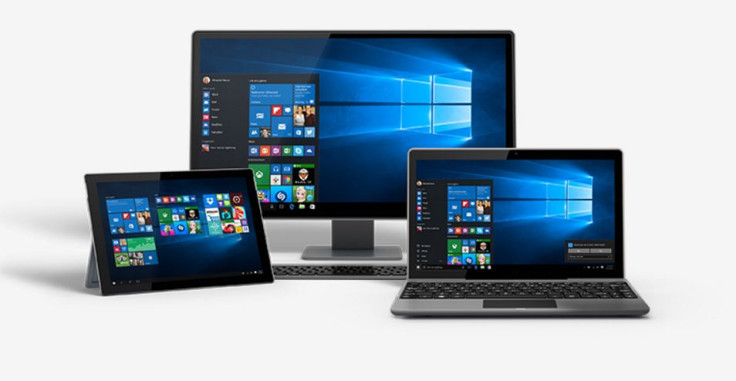Here's how you can improve performance of Windows 10 PC
Check out the top tips to speed up your Windows 10 device.

Is your PC quite slow? There could be several reasons for this. They range from problems with memory, unwanted programs, corrupted files to malware. Check out the following tips that are expected to help improve the performance of your Windows 10 PC.
Install latest update
Ensure that your PC is running on the latest software version. To check for updates;
- Select Start>> Settings>> Update & security>> Windows Update>> Check for updates
- If the updates are available, select Install now
- Select the updates you want to install, then select Install
- Once the installation is complete, restart your PC
Restart your PC
You PC might slow down if a lot of apps, programs and browser are open. In such cases, restart your PC and close the apps or other services if you aren't using them.
Select Start>> Power>> Restart.
Check memory and its usage
First check out how much memory your system has and then how much it is being used.
- Press Ctrl+ Alt+ Delete then select Task Manager
- Under Task Manager, select More Details>> Performance>> Memory. From here see how much RAM you have and then how much is being used regularly.
- If you find out more amount of RAM is being used regularly, then consider adding more RAM to your system.
You may consider using ReadyBoost that lets you use a removable drive to improve the PC's performance, without adding more memory. To use ReadyBoost, you will need a USB flash drive or a memory card of 500MB. Check out the following steps to use ReadyBoost:
- Insert the USB flash drive into your PC
- Select File Explorer from the taskbar
- Press and hold USB flash drive, then select Properties
- Select ReadyBoost tab then select Use the device
- Select OK
Restore your PC
Restore your PC to undo the recent changes that could be causing problems. Restoring to an earlier point is called a restore point.
- In the search box on taskbar, type restore point, then select Create a restore point
- Under System Protection tab, select System Properties box then select System Restore
- Select Next and choose the restore point for apps, driver or update. Select Next>> Finish
- In the end Restart your PC
Sometimes you may not be able to see any restore point. That's because system protection is not enabled. You will need to turn it on.
- In the search box on task bar, type restore point, select Create a restore point
- In the System Properties box, select Configure
- In the Restore Settings area, select Turn on system protection then select Ok
Disable unwanted programs
When you turn on your PC, some programs start automatically and in the background. Disable these programs.
- Press Ctrl+ Alt+ Delete then select Task Manager
- In the Task Manager, select More Details then select Startup
- To stop a program, select program then select Disable
- Restart your PC
Remove virus and malware
Viruses and malware could be the reason behind the slow performance of your PC. If this is the case, then run anti-malware or antivirus software. Use Windows Defender to scan your PC for viruses and other malicious software.
- Select Start>> Settings>> Update & security>> Windows Defender>> Open Windows Defender
- Select Update>> Update Definitions
- Select Home>> Scan now
- If Windows Defender finds a virus, contact Microsoft Support for more help. If there is no virus, then just restart the PC
Adjust visual effects
Try to adjust the visual effects such as animations and shadow effects, which may help improve the performance of the PC.
- In the search box on task bar, type performance, then select Adjust the appearance and performance of Windows
- In the Performance option, under Visual effects, select Adjust for best performance>> Apply
Restart your PC
If nothing works out, reset your PC. By doing so you can choose to keep your files or remove them and then reinstall Windows. But before going ahead do not forget to keep a backup of your data.
- To reset your PC,
- Go to Settings>> Update & security>> Recovery
- Go to Reset PC then Get Started.
© Copyright IBTimes 2024. All rights reserved.








